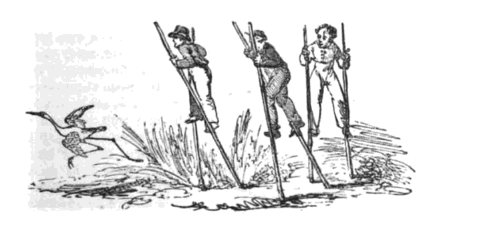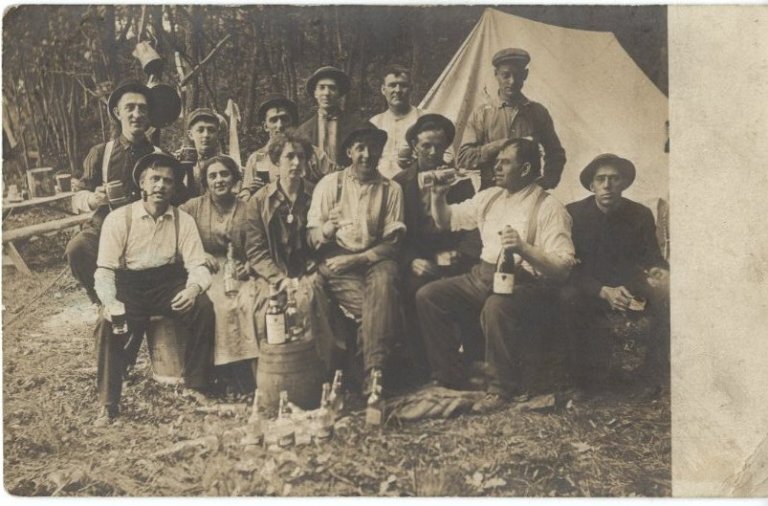We received calls on a pretty frequent basis about the worth of certain items. It makes sense, if anyone would know the value of something historic it would be a historical society, right? We don’t necessarily know the value of things, more accurately; we are not allowed to give that information out even if we do. It might seem weird, but the value of items can get a historical society into some pretty tricky waters. If we assigned a value to something, and then let you write it off on taxes, we both get in trouble. Beyond that, it gives us a degree of power we just shouldn’t have.
Consider, for a moment, if you had a gold necklace and you brought it in for appraisal by a historical society. Well, if it had massive historical value, that organization could tell you it’s worth less than true value to try and convince you to donate it. This is highly unethical, and at the end of the day that’s the point. Historical societies, like ours, are guardians of the past. We hold everything in Public Trust, which is exactly what it sounds like, the Public trusts us to take care of these items. We want to honest and straight forward, and put forward the best ethical foot we can. This leads to the follow up question we always get asked, “Do you know someone who can tell me?”
We generally do not give out appraiser’s information for much the same reason that we do not give appraisals ourselves. It is easy for people to make deals and agreements to undervalue items to encourage their donation or sale. We do not want to appear to be making deals, and we always encourage donors to seek an appraiser on their own. If a donated item has an appraisal, we will honor that value, but we do not assign any value ourselves to items we take in.
Written by Dave Nichols, Curator of Collections














